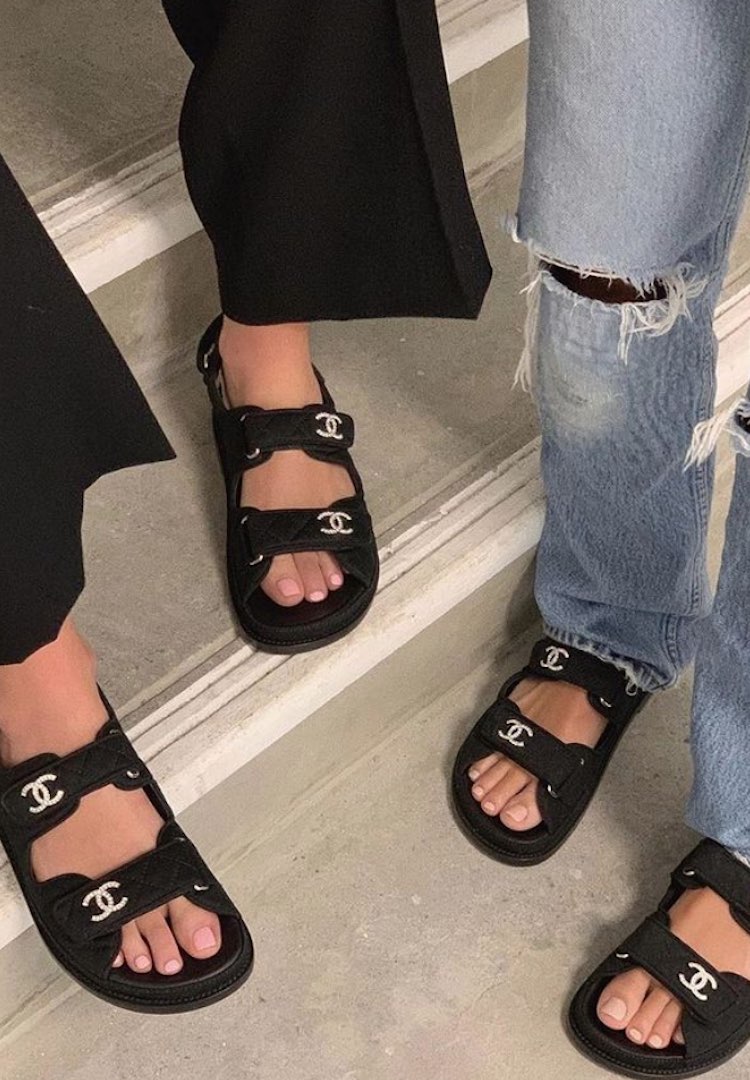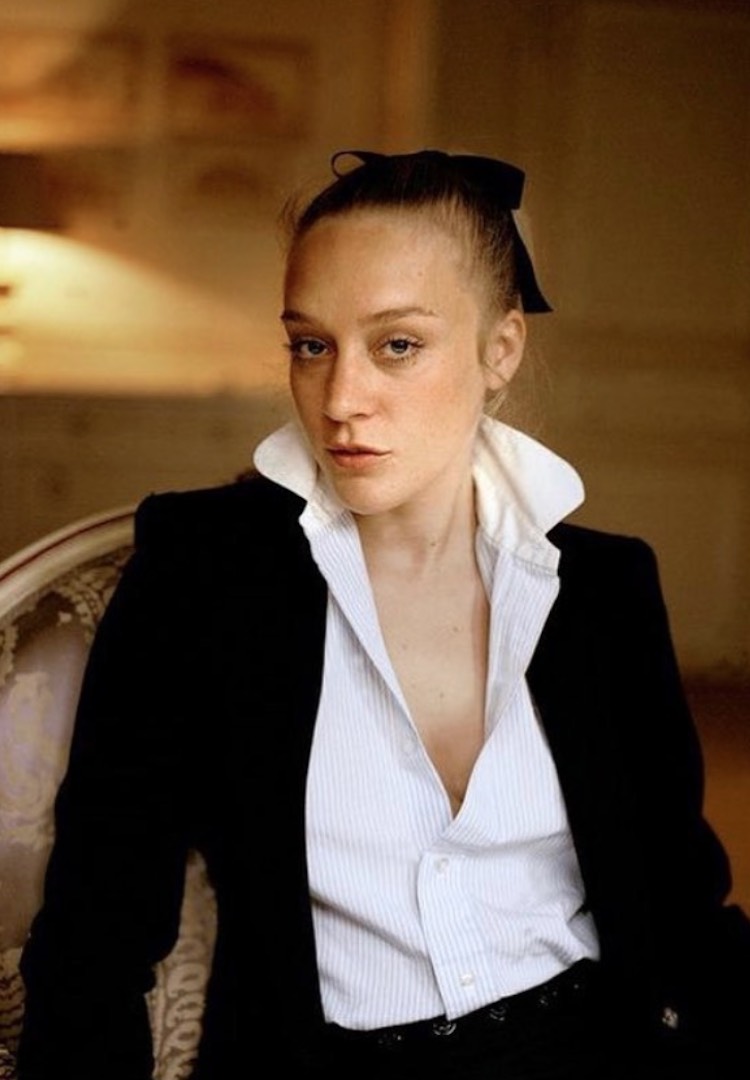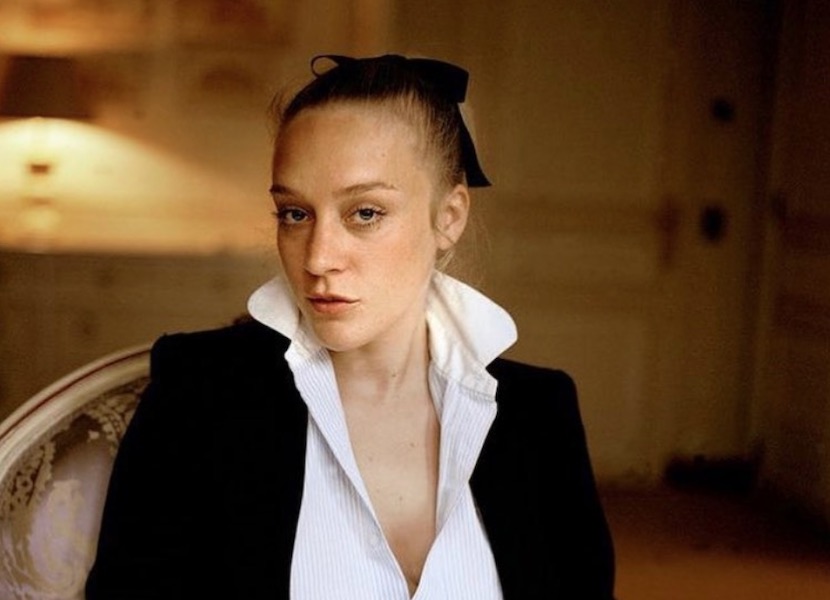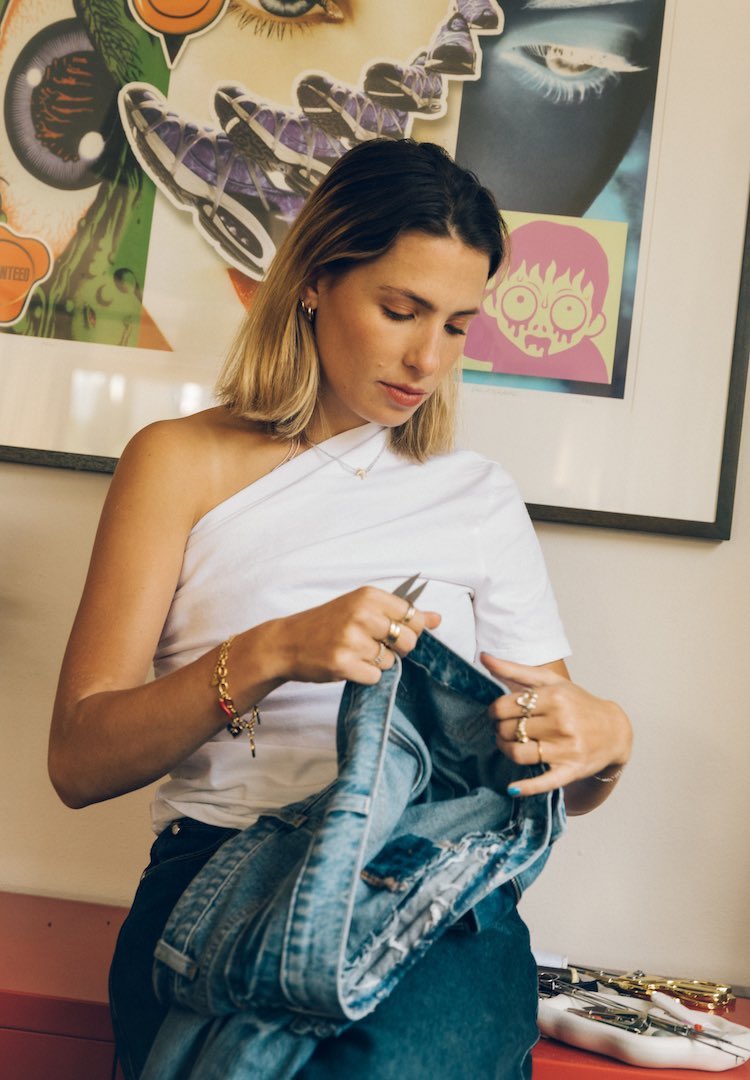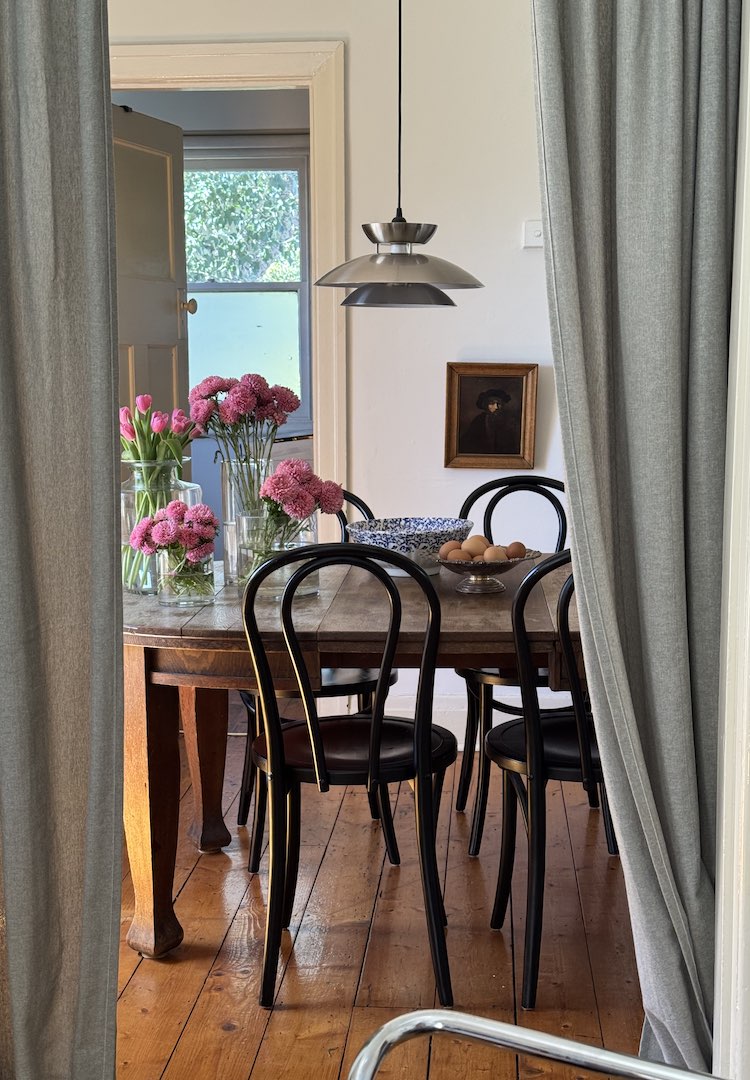The ongoing appeal of TikTok’s dark academia aesthetic, and how to wear it right
IMAGE VIA @_KALAURIE_/INSTAGRAM
WORDS BY ELROY ROSENBERG
“The concept: you’re studying at Oxford in 1926. Turtlenecks and vests, plaid skirts, tweed blazers, scarves of thick yarn, scuffed leather satchels.”
Of all the trends the last 16 months have brought to life, the dramatic rise of TikTok’s ‘dark academia’ aesthetic is one of the most peculiar. Not so much for reasons relating to isolation – its growth on TikTok and Instagram is a credit to the way we’ve all become more sequestered, more online – but for reasons of timeliness.
An enormously tumultuous period of life has led not to greater interest in contemporary affairs, but a malaise – a desire to look back and inhabit the past. Dark academia allows you to inhabit the past in almost every sense, stretching from the late 1930s all the way back to antiquity.
For more trend-based discussions, head to our Fashion vertical.
The aesthetic takes its cues from historical periods to inform how we interact with our present: it holds Ovid’s Metamorphosis and Donna Tartt, Chopin and Lana del Rey, in entirely equal standing.
The essentials of dark academia style
Despite masquerading as a literary and scholastic trend, the crux of dark academia is its fashion. The concept: you’re studying at Oxford in 1926. Turtlenecks and vests, plaid skirts, tweed blazers, scarves of thick yarn, scuffed leather satchels. Pale colours abound: dark brown, cream, charcoal, mossy green, mocha. (Seriously. So. Much. Brown.)
Texture is critical. In an age where so much of what we wear feels frictionless and anodyne, dark academia harkens back to a time where materiality mattered and clothes had to be hardy and lasting. Herringbone and merino are common, often patterned into argyle and houndstooth. The more pilled the wool, the better.
Dark academia’s appeal is understandable. Though it offers a limited set of tones, colours, fabrics and fits to its adherents, it still proves attractive to many young people, maybe for that very reason – it’s straightforward, unchanging, simple and uniform in a world of overabundance.
Moreover, it works in any and all situations, championing linens in the summer, wool knits in the winter, silk in between. Not to mention that it’s also fairly cheap, considering most dark academia essentials can be found second-hand.
View this post on Instagram
What the trend also has going for it is that, unlike other aesthetics which are perhaps more decadent, such as cottagecore, it’s comparatively easy to inhabit. The plethora of recognisable sources for dark academic style – Dead Poets Society, The Queen’s Gambit, Kill Your Darlings – make it very well-defined. There isn’t a lot of guesswork involved: you know the colours, you know the fabrics, you know the garments. All that’s left to do is to head to the op shop.
I myself see the appeal so clearly in part because I’m implicated within it. Over dinner the other night, I mentioned to a friend that I was writing a piece about dark academic fashion. “Yeah?” he said, wryly. “You know, you’re really not that far off it yourself.”
He was referring, I guess, to the fact that I was wearing a white brushed cotton shirt buttoned all the way up, a woollen vest in charcoal, pressed pants, and oxfords over cream socks, and that there was a wool blazer slung over the back of my chair. “Yeah,” I replied. “I guess I’m not.”
Avoiding the nostalgia economy
But, despite my affinity for early-to-mid-twentieth century attire, I can’t escape the feeling that it’s in some way a problem to just inhabit an aesthetic you see online. I’ve previously been critical of dark academia from primarily an artistic and literary point of view, while other writers have criticised the trend for its White-centrism. These are all important issues to consider.
A writer under this masthead recently begged the question: “Who needs a time machine when we’ve got fashion?” Well said. Clothing is one of our most meaningful gateways into the past, which is perhaps why fashion is progressively looking back instead of forward, a trend encapsulated in what Quartz calls the “nostalgia economy”.
Yet fashion is also, at its core, a mode of expression, especially of individuality. And good fashion is a question of finding outfits which are not only beautiful, but are truest to the person wearing them. Our choices in garb become meaningful the instant we walk out the door, because all of a sudden they’re our markers of identification. They separate us from the people we walk past.
View this post on Instagram
Taking up dark academic costume in its entirety, in some ways, is a betrayal of individuality, given you’re choosing to adopt a set of stylistic standards you didn’t define. I’m not saying it’s impossible to identify with dark academia as an aesthetic – possible, it is. Generations since time immemorial have felt estranged from their particular context, and have longed for entry into the world as it was in some prior time.
But clothing yourself in someone else’s standard, especially for performative reasons, could spell trouble. In 2021, trends and fads rise and fall with great regularity. The key, then, is to locate a space within dark academia fashion which holds true for you; in other words, finding clothes in which you’d feel comfortable and satisfied, even when you’re home alone, and especially when the camera’s turned off.
Making it work with homegrown brands
There are a number of ways to do this. It’s best to start out with the fundamentals: knitwear of all kinds. Luckily for us, Australia is one of the world’s largest wool producers. We’ve had merino rams roaming around our fields for hundreds of years, giving generations of farmers a chance to establish the kinds of strong traditions which now allow us to produce wool of increasing quality and high ethical standards.
McIntyre Merino and Lil’ Knits, both based in Melbourne, provide high-quality garments made locally. Theirs are the sort of pieces you’ll carry with you for a lifetime. They also have high transferability to other styles, in case the whole dark academia thing doesn’t, you know, work out.
Skirts of varying lengths are also a key component of the style. Dominique Healy has a range of skirts which hit a lovely balance of bravura and timelessness. Their floral patterns and ginghams are striking, and offer a chance to shake up the dark academia norms. The label also offers a range of floaty blouses, a key component of the trend.
View this post on Instagram
Melbourne label Kalaurie is doing something interesting, too. The label isn’t a nostalgia merchant; it prides itself on combining vintage aesthetics with incredible quality and a touch of modern flair. It’s also retained a suitably self-aware sensibility. The sub-title to its Heirloom collection – “Life hath little pleasure where thou art not” – is silly as hell, but it kind of works.
But the essential task is to find that one piece, the sole treasure, which encapsulates everything you think is beautiful and fashionable. Maybe it’s a coat, a blazer, even a particular belt – something to tie it all together, and to last a lifetime doing so. For men this might be something from Melbourne label Christian Kimber; for women, an investment piece from Perri Cutten, Arnsdorf or Bassike.
Or, if you’re budget-minded, there’s always the fallback: second hand. This is the option I recommend most strongly. Sure, it gets painful sometimes to stroll along aisles comprising rack upon rack of ugly. But there’s something special about withstanding all the drudgery and finally spotting that piece out of the corner of your eye – the fine herringbone stitch, the argyle pattern, the coarse texture, the pale colours – to whose history you’re about to add a new chapter. And that’s pretty dark academia, right?
For more on TikTok’s fascination with dark academia, try this.

